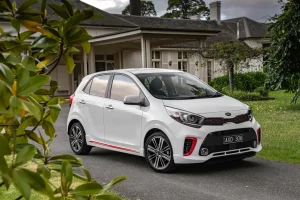
Electric vehicles: Why the best time to act is now.
The future of clean, green motoring is here – and it’s time to take the plunge into the world of

Elevate your talent attraction and retention with free employee benefits. Uncover a platform that effortlessly entices, engages, and retains your valuable staff.
Get a free demoSee how leading healthcare organisation Healius turned turnover into triumph with Flare.
Read Healius’ storyDevelop your business skills and HR expertise with the Flare Benefits Resource Hub. Get access to helpful tools, articles, guides, webinars, and other on-demand resources that can help your business attract, hire, and retain top talent.
Explore insights from our comprehensive survey of 1500+ Australian workers across a variety of industries, revealing the benefits that genuinely make an impact.
Still haven't found what you're looking for? We're here to help.
Get in touch
The future of clean, green motoring is here – and it’s time to take the plunge into the world of

Between the third and the last quarter of 2022, the annual inflation rate in Australia climbed from 7.3% to 7.8%.

Small cars are great for zipping around your neighbourhood and helping you conquer the day. But identifying the best small

How to create a sustainability program that attracts top talent and adds value to your business These days, “quiet quitting”,
The future of clean, green motoring is here – and it’s time to take the plunge into the world of electric vehicles (EVs). Australia is leading the way in this exciting shift towards sustainable transport, and now more than ever, we have fantastic options for those looking to upgrade their existing car with an EV […]